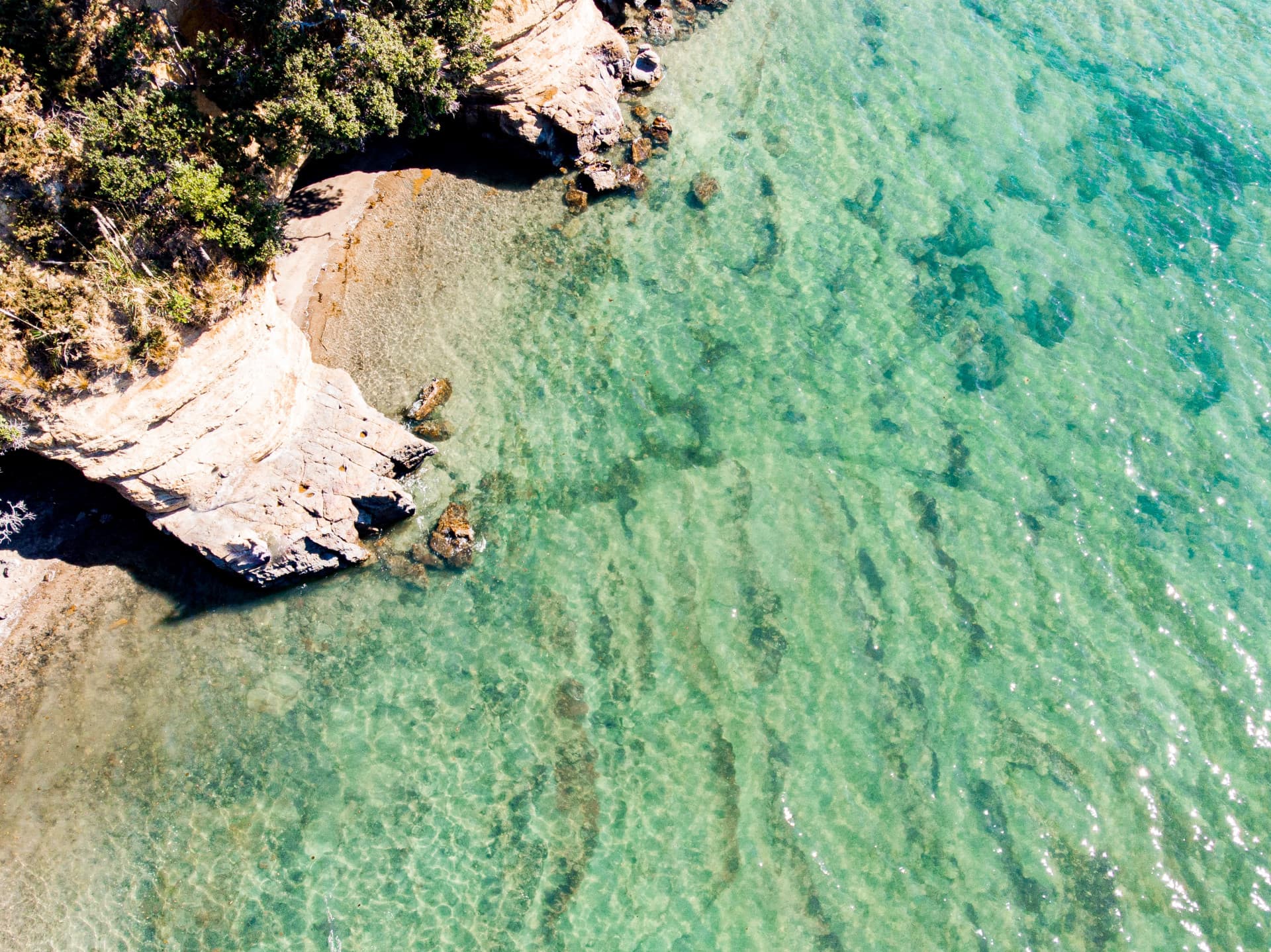

Posted on Monday 13 June 2022
‘Restorative marine economies’ are practical models that foster new investments and business enterprises aiming to reverse environmental degradation and protect natural capital. The concept is gaining traction overseas but isn’t common in Aotearoa New Zealand’s coastal and marine spaces yet, says Drew Lohrer, a marine ecologist at NIWA, and co-leader of the Sustainable Seas National Science Challenge project Restoring marine economies.
“We're trying to have a more holistic view of economies. and help people to contribute to the commons rather than just take away from it. It’s not just about making money, it’s that these activities also cycle back and contribute to values in the community, protect the environment, or help promote cultural identity – economic activities that benefit well-being in many ways.”
Lohrer says much of the research has national relevance but will happen at a local level. It is looking at restoration and community-led projects to see if they are successful, and why.
“A broader goal is to examine local initiatives and not necessarily make them bigger, but replicate them in different areas.”
The research is a business and research partnership. Nigel Bradly, Chief Executive of EnviroStrat co-leads alongside Lohrer.
Bradly says they are focusing on the role of investors and their requirements for financing initiatives and business models that reduce pressure on marine ecosystems and actively restore them – while generating a financial return.
For the past three years EnviroStrat has been helping develop domestic seaweed farming and an end-to-end supply chain, following the US-based GreenWave regenerative farming approach, and adapting the business model to the Aotearoa context.
What does restorative action look like?
Restorative initiatives vary from blue carbon credits to using pest species to fund restorative actions. For example, removing kina from barrens to a ‘ranching’ facility on land to develop the roe for high value Asian markets – then using the profits to restore kelp forests.
The challenge is how to generate enough dependable revenue to meet investor expectations of return, while also generating impact, Bradly says.
This is why the potential impact of restoration must be measurable. Part of Lohrer’s role is to work out how to quantify the ecosystem benefits of restorative economies.
“You can't factor the environment into your economic models if you can't quantify the values and services associated with the marine environment and its restoration.
“You might be interested in a seagrass bed restoration programme because it contributes to carbon sequestration or supports food webs, or one of the many other ecosystem services associated with seagrass. But it’s not a ‘box-ticking exercise’ – just because there’s some seagrass doesn’t mean all those ecosystem services are being delivered.”
Making restoration ‘investable’
Quantification is essential for investors and businesses that want to support restoration.
“It’s still a business decision, even if investors aren’t looking for an economic return. They want to know they’ll get good bang for buck,” says Lohrer.
Bradly says the money and desire to ‘do good’ exists, but investment into restorative projects isn’t happening because there are two completely different languages at play; that of the investor and how they understand risk and what they want out of a restoration project, and the project developers’ environmental aims. This is a global problem, so this type of research is internationally relevant.
“There are inherent conflicts. Investors might be interested in these things, but their risk tolerance is often lower than restoration project developers. If there’s uncertainty about whether you can generate blue carbon revenue or biodiversity credits, then from an investor’s point of view, they're saying: we need to be certain.”
Bradly says if money can be made and the profits are directed back into the restoration, those projects will be less reliant on typical funding streams, which are usually government grants, philanthropy, or a mix.
